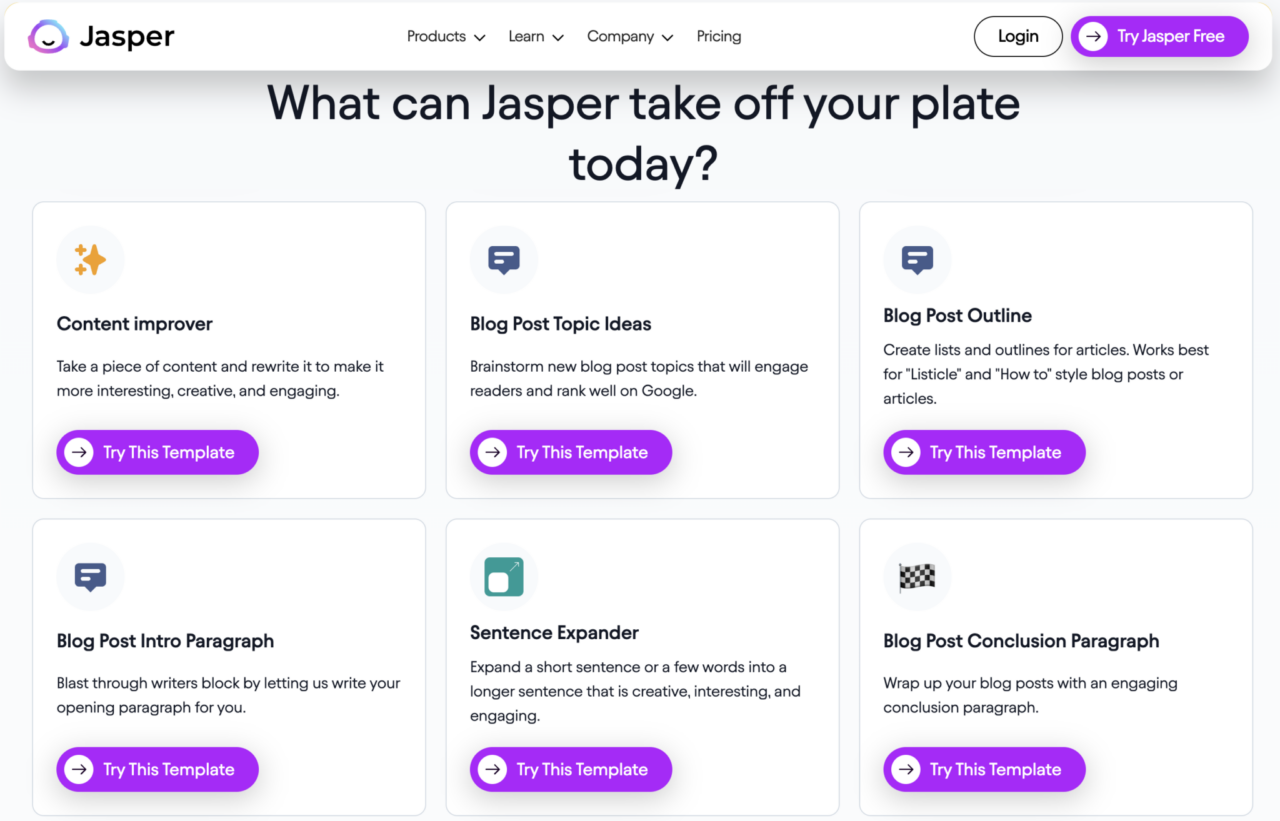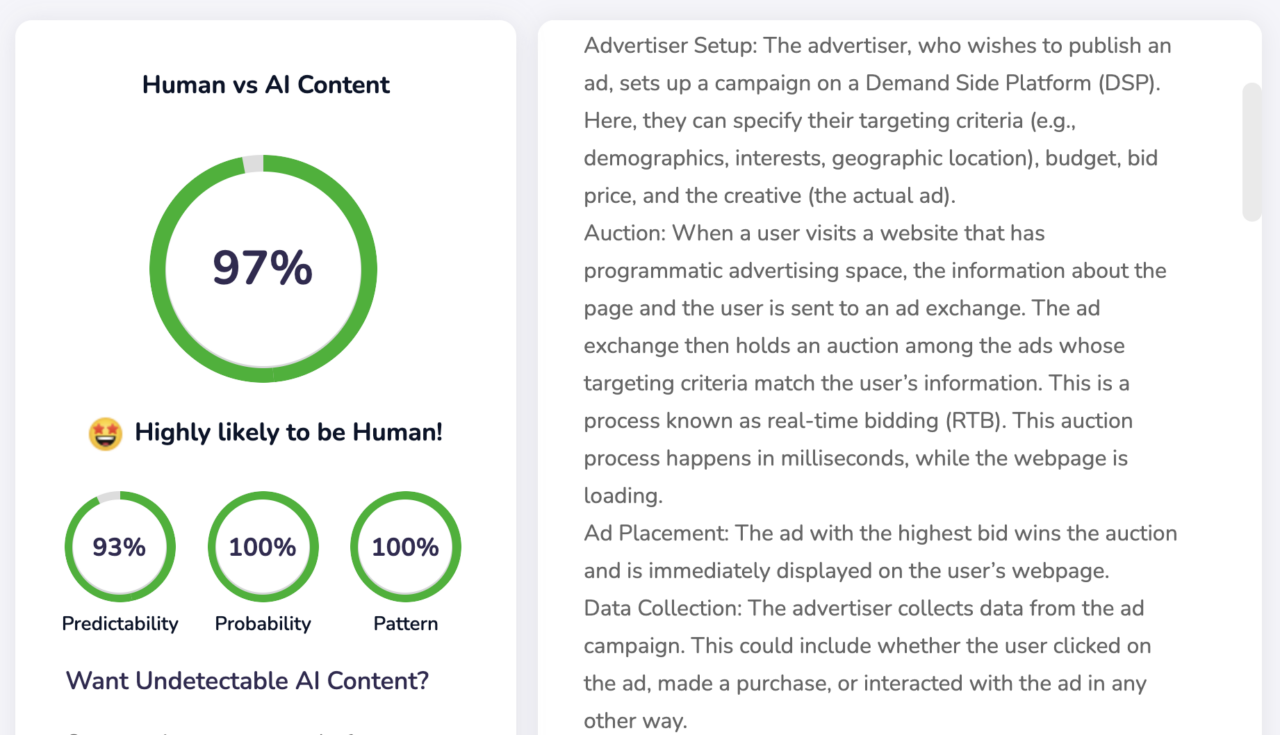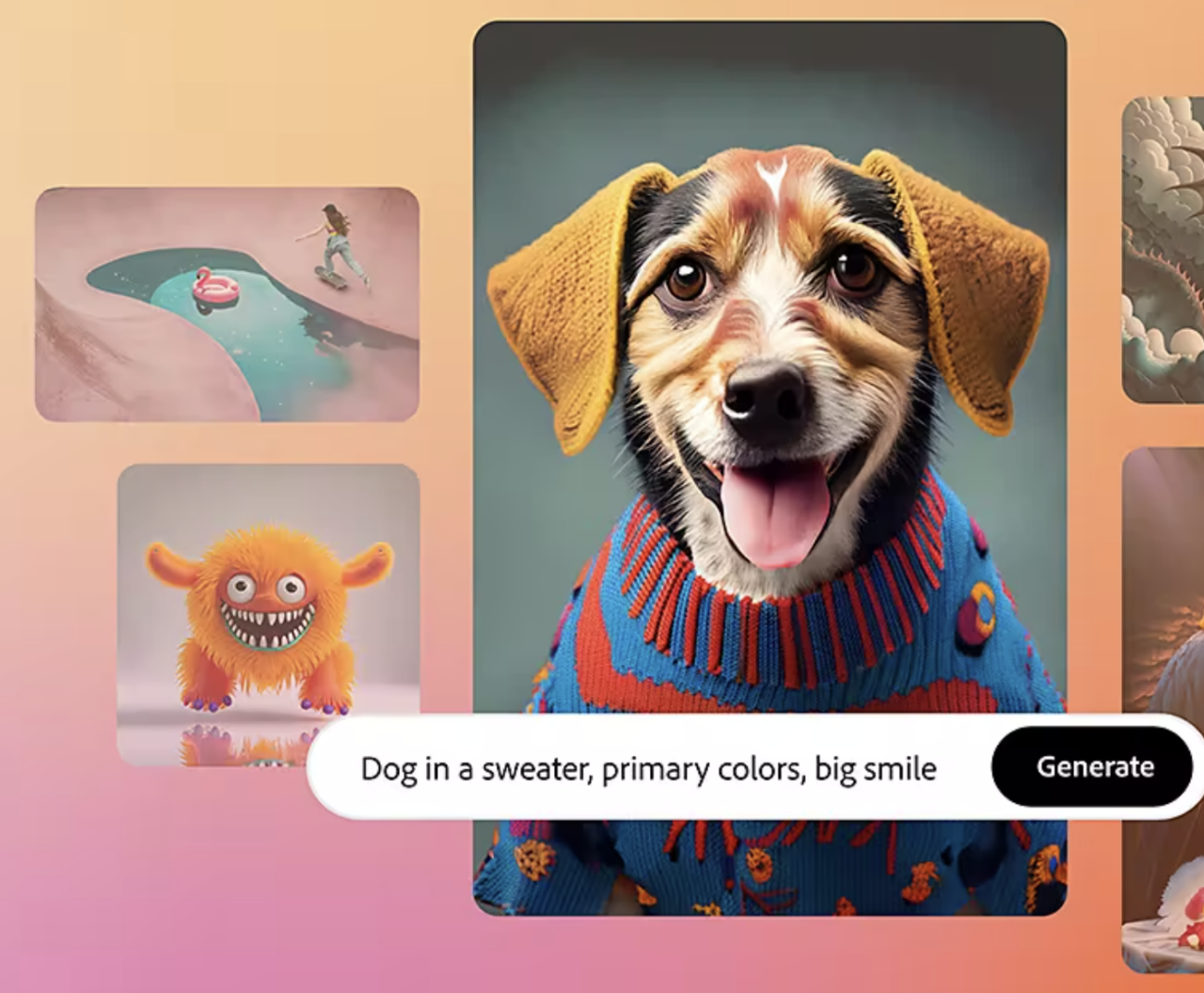AI writing tools are transforming content creation at an unprecedented pace. This digital revolution brings both opportunities and challenges for creators.
The integration of AI into the creative industry is reshaping how we think about writing, from blogs to marketing materials. It’s not just about efficiency; it’s about the evolution of creativity itself.
In this post, we’ll explore how AI’s role in content creation affects job roles, skill sets, and the creative process. We hope this discussion will provide a deeper understanding of the implications for content creators navigating this new landscape.
The Rise of AI in Content Creation
AI writing tools have come a really long way. They started as basic spell-checkers and have evolved into advanced tools capable of writing articles, personalized emails, marketing copy, scripts, and even poetry.
They have become incredibly powerful and versatile in creating content and have numerous pros and cons:

AI is without a doubt going to change the industry significantly. ChatGPT, for example, has only recently become available to the public, and it’s already gone through several updates that have made it better at understanding and copying the way humans write, including the style and tone. It’s become every content creator’s best friend and a must-have tool.
To make the most out of these new tools, content creators should consider these strategies:
- Use AI for regular tasks to save time for more creative work. The free version of ChatGPT is more than enough for basic assistance, and you don’t even need an account to get started! If you want something with more oomph, experiment with AI assistants specifically designed for content writing like Jasper AI:

- Work on creating a unique style and storytelling abilities that AI can’t match. AI is great at writing, but it still sucks at nuance. Use that to your advantage.
- Keep up with AI developments to use new features that can make content better. The technology is advancing at a breakneck pace.
- See AI-created content as a draft that can be improved and made more personal. There’s always room for improvement with AI-generated writing.
Key Takeaway: AI writing tools are changing the way content is made, bringing new possibilities and challenges for creators.
Implications for Content Creators
AI tools are changing not only the content but also the work environment for writers, editors, and content marketers. These tools can handle routine tasks, giving creators more time for complex, creative work, which means that people in the industry need to rethink their skills and roles.
But, the growth of AI also raises issues about the authenticity and originality of content. As AI gets better at writing text that seems like it was written by a human, it becomes harder to tell the difference between content made by humans and machines. This leads to concerns about copyright and the ethical use of AI in making content.
The best AI writing tools value the integrity of the content generated. They get the importance of originality and offer AI detection and plagiarism checking as features to ensure that your content remains unique and original:

In addition to making your AI content original, you can work to remain relevant in a world where AI plays a big role by:
- Seeing AI as a helper for improving productivity and creative work, not as a rival. AI is clearly here to stay, and being able to use AI tools with ease gives you a competitive edge.
- Improving your ability to tell stories and add emotional depth to content, which are areas where AI still can’t beat humans. Consider working with a brand storytelling agency to enhance these skills.
- Keeping up with the legal and ethical rules for using AI in content creation to make sure your work is compliant. The technology is fairly new and the legalities for commercial use, for example, are still evolving.
Key Takeaway: AI’s role in content creation is growing, and creators need to adapt by focusing on their unique human skills and using AI tools responsibly.
The Future of Content Creation with AI
The future of making content is both terrifying and exciting. All signs point to content creation being shaped by both AI and human creativity working together. Content creators must be adaptable; this change isn’t about AI taking over creativity but about boosting our creative juices with AI’s help.
To stay ahead and keep being creative, you need to see AI as a partner. Here are some strategies:
- Learn how to use AI tools to make your creative process better, not just for doing tasks automatically. Go beyond content writing. For example, you can enhance your AI content by quickly creating AI-generated visual elements using tools like Adobe Firefly:

- Work on skills that AI can’t mimic, like understanding emotions, culture, and making ethical choices.
- Keep up with AI trends and progress to keep making your content better. New tools and creative use cases are popping up every day.
- Create a portfolio that shows both your creativity and how you use AI to enhance your work.
Key Takeaway: Using AI as a partner in content creation leads to new ways to be innovative and efficient, preparing for a future where human creativity and AI support each other.
Final Word on AI Writing Tools in Content Creation
The progress of AI development and its increasing use in content creation is a bit overwhelming. AI writing tools bring great opportunities for making work easier and more innovative, changing the way we think about creating content.
Getting used to this new era means being creative, adaptable, and open to new technologies. For those who create content, the rise of AI is not the end of creativity. Instead, it’s the start of a new phase where human creativity and AI work together to innovate and create new things. The future of content creation is not just about writing; it’s about finding new ways to tell and experience stories!
Related Video
Looking to level up your AI content creation game? Single Grain’s AI marketing experts can help!👇
For more insights and lessons about marketing, check out our Marketing School podcast on YouTube.



